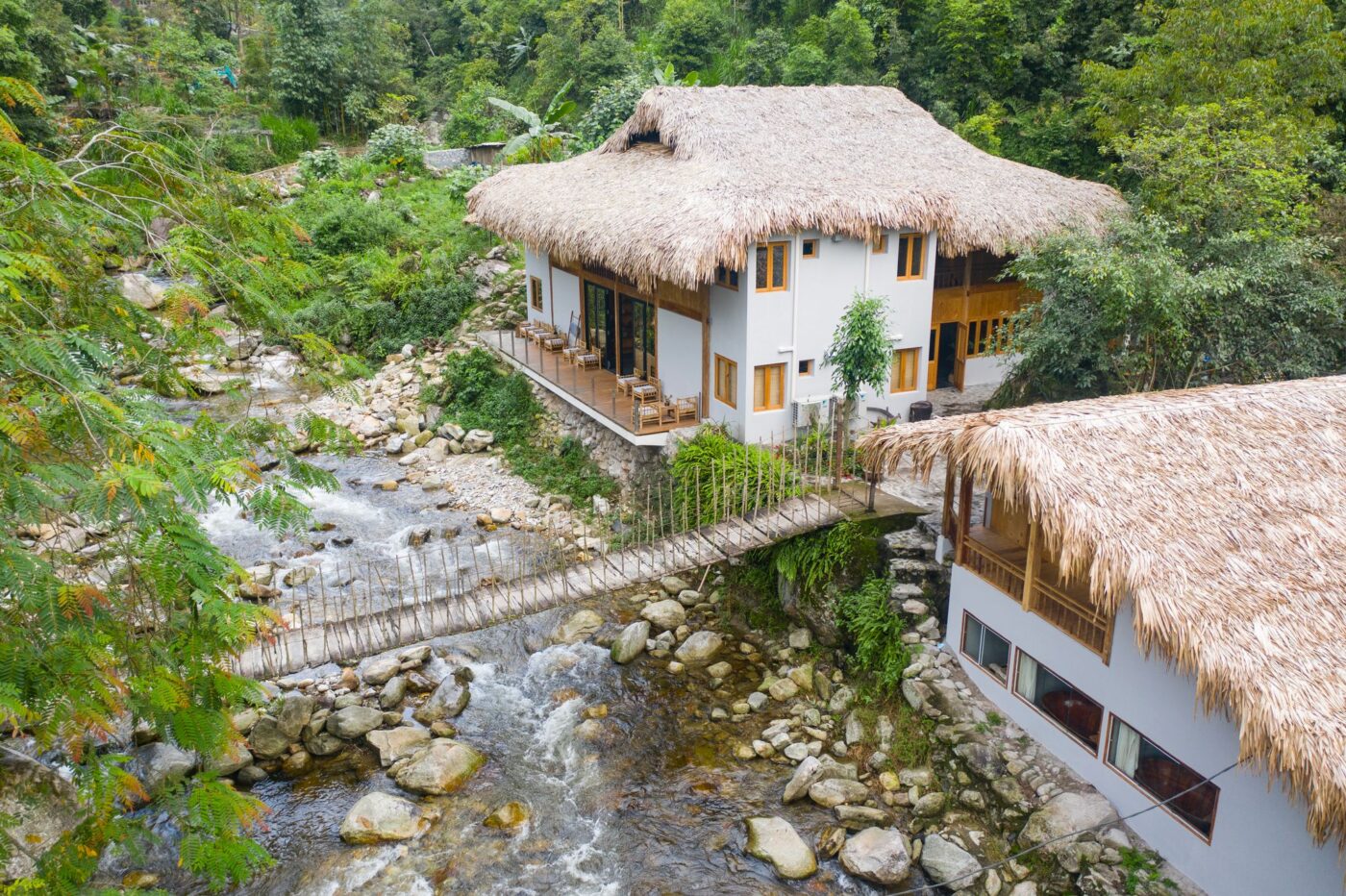Hoi An served as a major port city for more than 2000 years, growing from a small 2nd century Sa Huynh trading post into a powerful international trading center by the 16th century. It operated as the spice trading center of the Hindu Cham Kingdom, as a settling point for Ming Dynasty merchants and soldiers from China, and has hosted international trade between the Arab, European, and Asian worlds for centuries. The influx of money and goods, humans and ideas, have cooked Hoi An into a melting pot. Cham, Vietnamese, Chinese, Japanese, and European influence all bubble at the surface here.

Declared a UNESCO World Heritage Site in 1999, the ancient core of the city has retained its original architecture and urban planning. The wooden houses and quaint storefronts are painted a moody yellow, bougainvillea vines bursting from French balconies. Cobbled streets wind alongside canals. Women in ao dai bicycle beneath dangling colored lanterns. Young couples stroll along the Thu Bon River, where merchant ships once sailed laden down with worldly goods and adventure.
How was Hoi An Ancient Town formed?
Hoi An Ancient Town, Vietnam is located downstream of Thu Bon River, in Quang Nam province, 30km away from Da Nang. It was established around the end of the 16th century where it was once the busiest international trading port in the 16th and 17th centuries, a place for the bustling exchange of goods for merchants among China, Japan and other Western countries.
In 1527, Mac Dang Dung won the throne of the Le dynasty, initiating the rule of the Mac Dynasty in Dong Kinh. It was not until after 1570 that Nguyen Hoang and his son Nguyen Phuc Nguyen gained control of Quang Nam, built citadels and developed the economy, turning Hoi An into the leading trading port in Southeast Asia.

Through historical events such as the Trinh Nguyen war, Hoi An still maintains its vibrant port position with Japanese and Chinese streets. Although heavily damaged after Lord Trinh occupied Quang Nam, Hoi An was revived within 5 years. However, its commercial activities are no longer as vibrant as before.
During the Nguyen dynasty, the policy of closing ports led to the decline of Dong Kinh port, causing Hoi An to fall into oblivion until 1980. In 1999, recognized by UNESCO as a “World Cultural Heritage Site”, Hoi An became an attractive tourist destination, a vivid picture of historical revival and preservation, attracting tourists from over the world.
Learn Culture Through Immersion
Explore Hoi An’s dynamic history through its architecture. Dainty French balconies hang beside ornate Chinese temples. Buddhist temples are scattered through the city and a collection of Hindu temples lie along its outskirts. Spend the morning on a beach with modern comforts within reach and then cycle through rice paddies towards Cam Nam Island where rural life goes on much as it has for generations.

The Old Town (also known as the Ancient Town) is arguably the most important cross-section of Hoi An. Though people talk about the Old Town as though it was an outdated museum of Vietnam “frozen in time,” it’s important to remember that the Old Town is very much a real place, where people have preserved their habits and customs in a way that feels surprisingly authentic. It’s fun to visit by day, people-watching while sipping on coffee. But the Old Town comes to life at night, when the quarter glows with soft lantern light and laughing families lean their bicycles against faded yellow paint to snack on street food and watch the river.
At the center of the Ancient Town is the Japanese Bridge, so relevant to the city’s heritage that it’s depicted on the 20,000 VND note. The Japanese Bridge is the only covered bridge in the world to house a Buddhist temple and remains a central spiritual landmark outside of its tourist draw.

The ancient houses of Hoi An are where architectural influences meet. Tan Ky is one of the most famous among these. Built in the 18th century, Tan Ky remains a private home with the descendants of its original family living upstairs. The spectacular bottom floor draws diplomats and politicians alongside ordinary travelers into its magic. It’s possible to visit independently to marvel at the home’s ornate antiques and carvings, but booking a tour is the best way to understand the seven generations of history that flourished here. A tour guide can also ensure guests don’t miss details like poetry written in mother-of-pearl inlays and symbolic architecture representing the philosophical relationships between heaven and earth.
Assembly Halls continue the journey. The Phuc Kien Assembly Hall is the most famous among them. Constructed as a community space and spiritual sanctuary for a Chinese migrant community in the 17th century, the Phuc Kien Assembly Hall continues to serve as a spiritual center for locals. Walk through the towering front gateway under carvings of Chinese mythology into a central courtyard where Vietnamese women pray for fertility amidst a pantheon of statues of Chinese mythological figures and midwives




